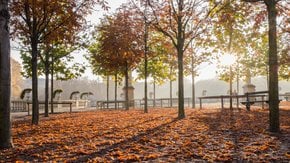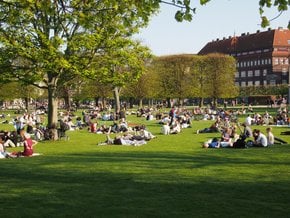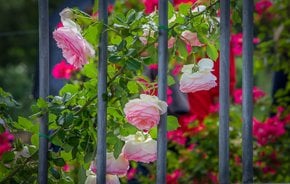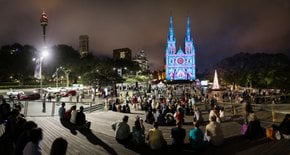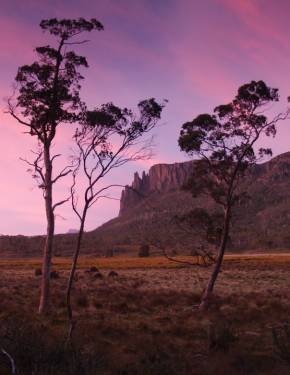Royal Botanic Garden in Sydney 2025
A world of discovery awaits you at a major botanical garden in the heart of Sydney
Best time: late August–early October | December–March (all year round)
The Royal Botanic Garden is a green oasis of 30 hectares, wrapped around Farm Cove on the edge of Sydney Harbour and occupying one of Sydney's most spectacular areas. They are adjacent to the Sydney Opera House, the Sydney central business district, and the vast public parklands of the Domain.
The Royal Botanic Garden was established in 1816 and are now home to a collection of exotic plants from Australia and overseas as well as the oldest scientific institution in the country. The Garden contains threatened and rare plants of the world; you can explore the themed garden areas showing the diverse beauty of nature as well as a romantic rose garden.
Check out Cadi Jam Ora: First Encounters, a garden display that acknowledges and remembers the original inhabitants of Sydney—the Cadigal—and shows their relationship with this land.
In 2016, the Royal Botanic Garden Sydney built a new world-class attraction—the Calyx. This contemporary glasshouse showcases flower exhibitions like Pollination, to demonstrate the importance of colour in the flower pollination process. The building also offers an onsite cafe to its visitors. The Calyx has hosted a range of glittering events.
The Royal Botanic Garden is open daily throughout the year and the entry is free. Even though it's a year-round attraction, each season brings its own and delights at the Garden. Peak flowering times run from late August to early October and December to March, so you know the best time to be at the Royal Botanic Garden.








